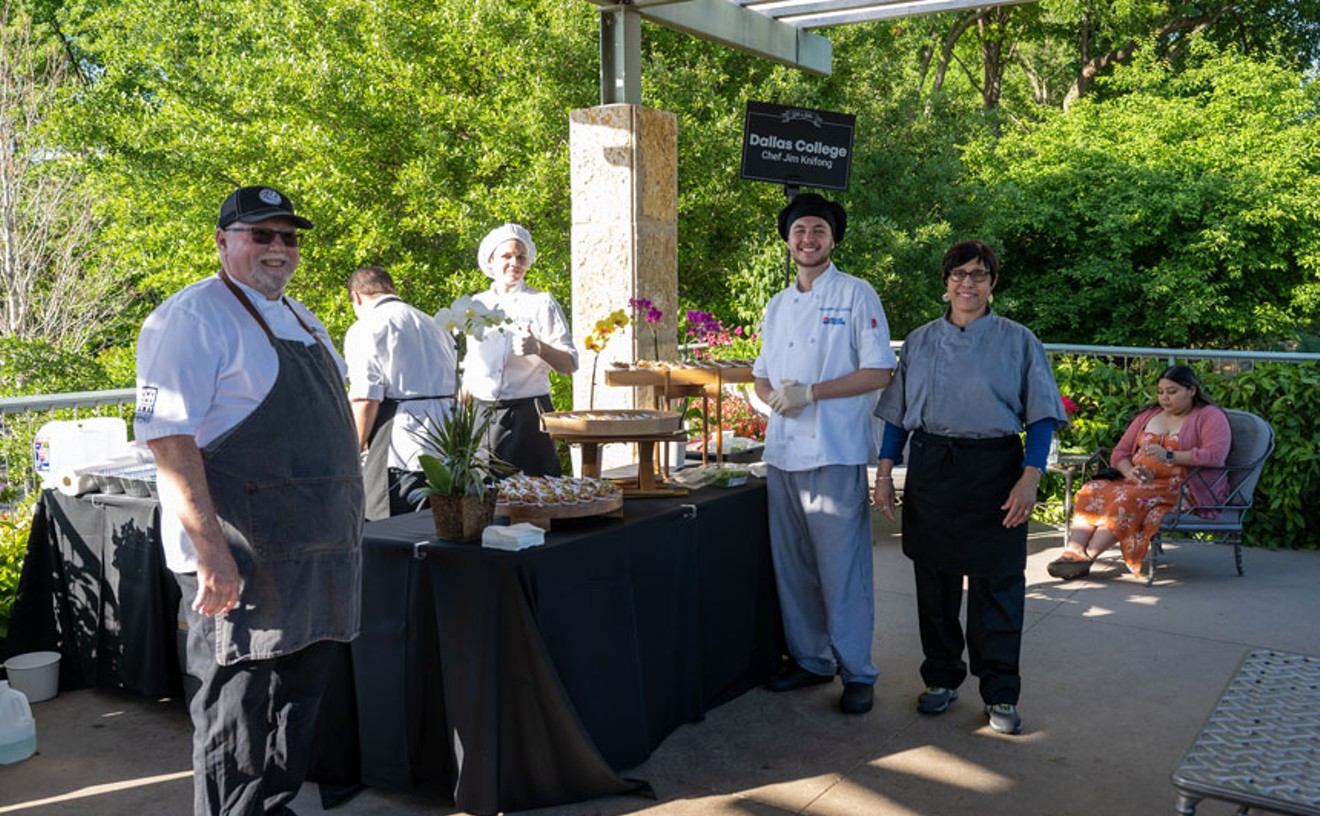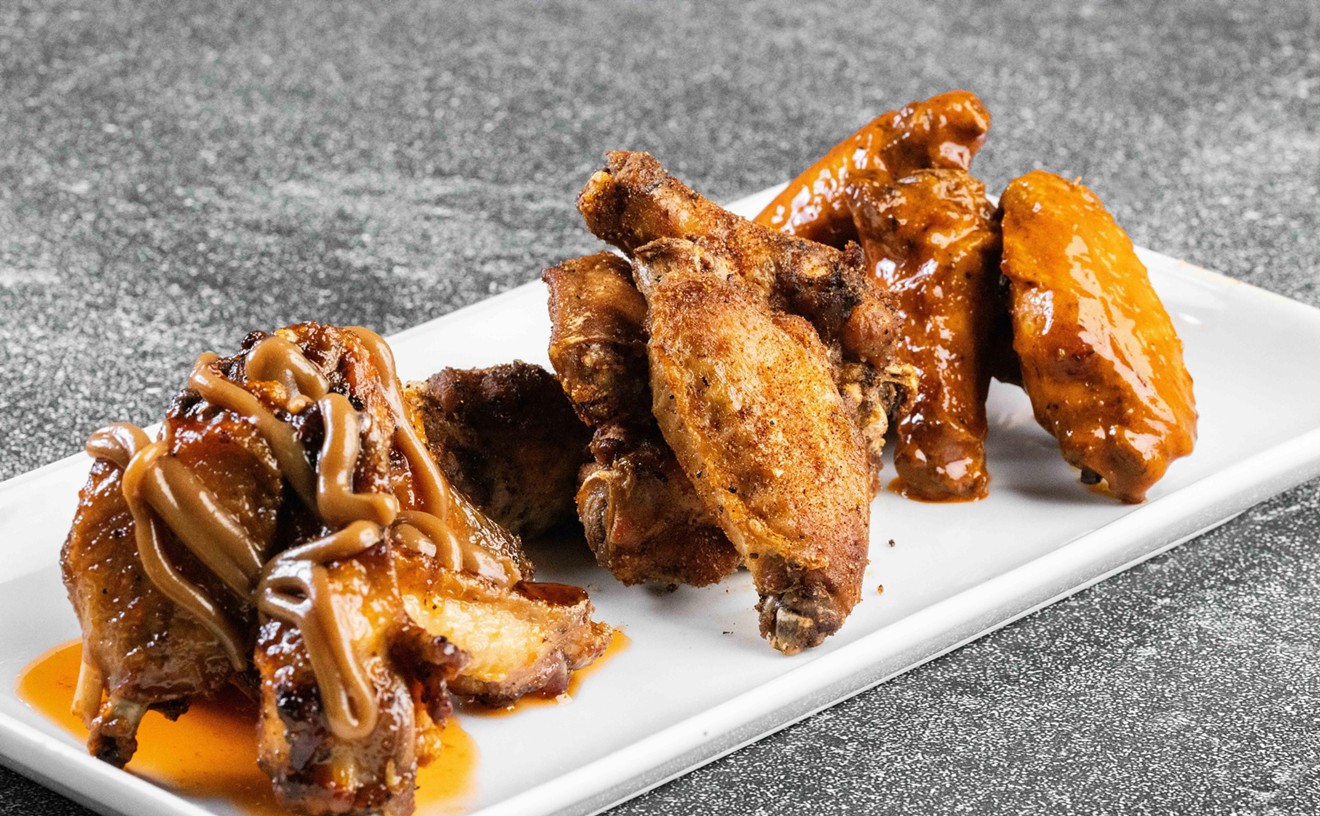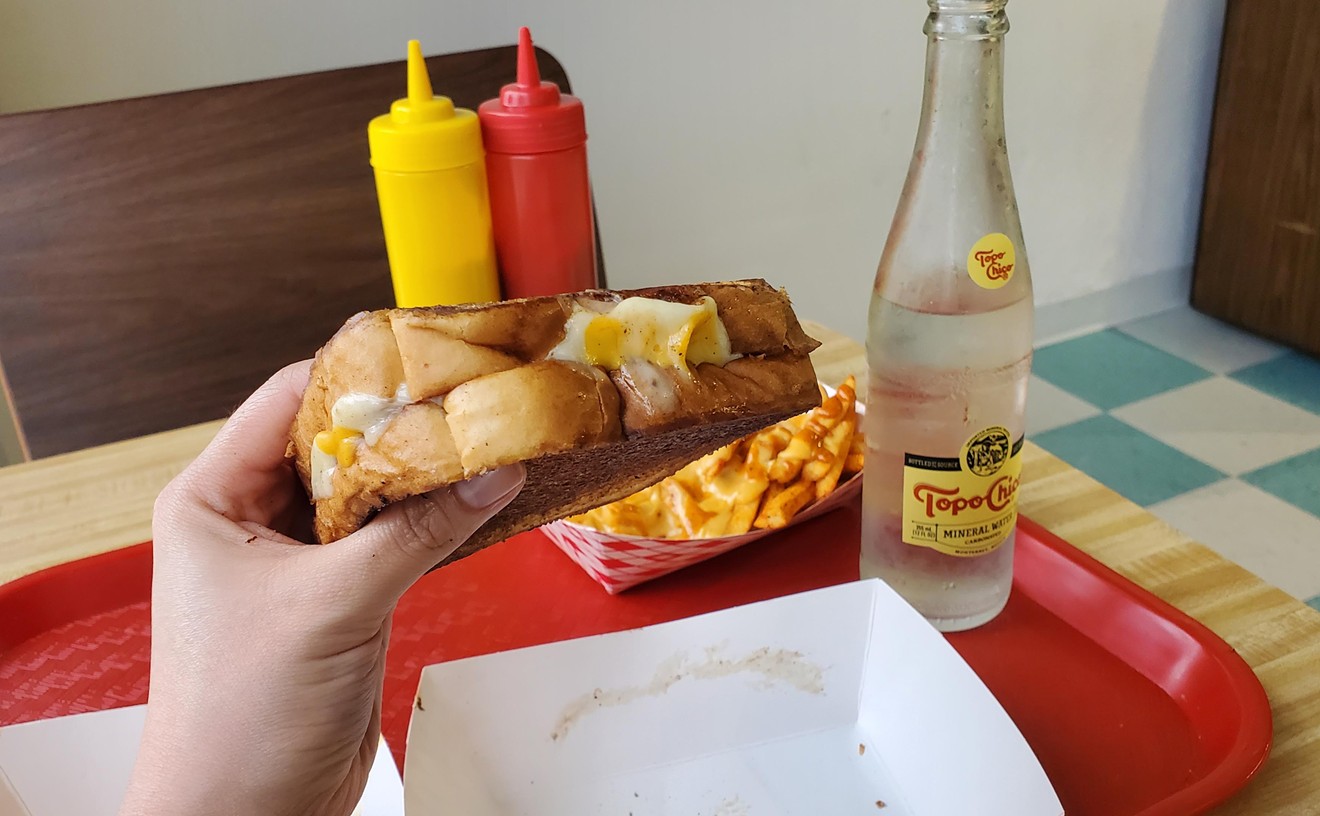The day I have been waiting for since I bought my starter kit back in August finally arrived yesterday, as Lady Hophead and I popped open our first couple of "H.M.N.I." home-brewed beers. (The initials, incidentally, stand for "Hi My Name Is," for the name-tag stickers we'll probably use to label this first batch.)
It was an anxious moment. My mind kept second-guessing all the steps I'd taken and the potential mistakes I'd made. And there were plenty of moments where I could have screwed it up, from the supplies I chose to bottling.
Those potential mistakes started with the bottled water. Though the one-sheet instructions I received from Homebrew Headquarters were absurdly technical and assumed a level of expertise far beyond anyone buying a starter kit, one thing they did manage to make very clear was not to use distilled water. So, not wanting to mess with boiling the chlorine out of our tap water, I splurged for six Ozarka bottles--and didn't notice until too late the words "Distilled Water" in about six-point type on the labels.
But that's far from the only beer-ruining mistake I may have made in the complicated process.
As mentioned previously, I used a two-stage fermenting kit with a can of Coopers India Pale Ale mix. Basically, I heated two gallons of water, added a can of malt extract syrup (but no hops, to my surprise; apparently, they're part of the syrup) and three pounds of dried malt extract and brought it to a boil. Then I cooled this mixture ("wort") and added yeast, poured this into my "primary fermenter" (or "bucket," if you don't want to get technical), added more water to make a total of about 5.5 gallons and let it ferment in the sealed container for a couple of weeks.
So many potential mistakes here, aside from the distilled water. First, I boiled the wort mixture for far longer than the recommended 10 minutes since a thick layer of scum obscured the liquid, and I couldn't tell that it was boiling. Next, I was convinced that the bleach/water sanitizing solution I made would transfer a bleach taste, so I rinsed out the bucket with tap water--which seemed to defeat the purpose of sanitizing it. So when the airlock (a plastic device filled with sanitizer that bubbles once the fermentation starts creating gas) failed to "burp" for more than a day, I figured that the distilled water lacked some vital mineral for yeast to do its thing. Or that sanitizer had killed the yeast. Or that overboiling had screwed it up. Or something.
Finally, after maybe 36 hours it started bubbling. And it kept up the bubbling for more than a day until wort foam displaced the sanitizer and slowly oozed out of the airlock vents. Two nights after brew day, at about 1 a.m., a loud explosion startled us out of bed. The gas pressure had blown the lid off the bucket and spewed foam all over the wall. I replaced the lid, pulled out the airlock and just covered the hole in the lid with a rag until the stuff settled down a day later.
After about a week the bubbling slowed, so I "racked" (siphoned) the wort into the secondary fermenter, a plastic carboy. It was only in the secondary fermenter for a couple of days before the bubbling stopped altogether. Probably another mistake here: should have transfered it to the secondary fermenter sooner.
I cleaned and sanitized the primary fermenter (which would double as the bottling bucket), added 3/4 cup of priming sugar and siphoned the beer back into the bucket, wondering why the hell I'd bothered with secondary fermentation at all, since it didn't look any less cloudy going into the bottling bucket than it had going into the carboy. Bottling proved easy enough, though not without the same worries of contamination and/or bleach residue.
A little more than two weeks later, all this was going through my mind as I poured our first glasses. (Yeah, probably a bit early). It poured well, producing a massive but quickly fading creamy head that didn't leave a trace of lacing. To my surprise, the wait had clarified the beer, naturally leaving a thick clay-like layer of sediment at the bottom of each bottle. A slightly hazy amber color, it looked like an IPA.
But it didn't smell like an IPA, not even a toned-down British-style IPA. All I got from the nose were yeast, a sweet-bread maltiness and alcohol with hops a distant rumor.
The taste? Well, I'm not going to put Southern Star out of business ... yet. Bready, malty and moderately sweet, it seemed more like a brown ale or bock than an IPA, except with a tinge of bitterness. I imagined a slight grittiness despite the thin mouth feel, but that may have been a psychological effect from the sight of the sediment.
Yet, it was drinkable. I've killed six-packs of far worse. Maybe it will improve in a week or two as it ages. And I'm already thinking of how I'm going to improve on it for my next batch.










